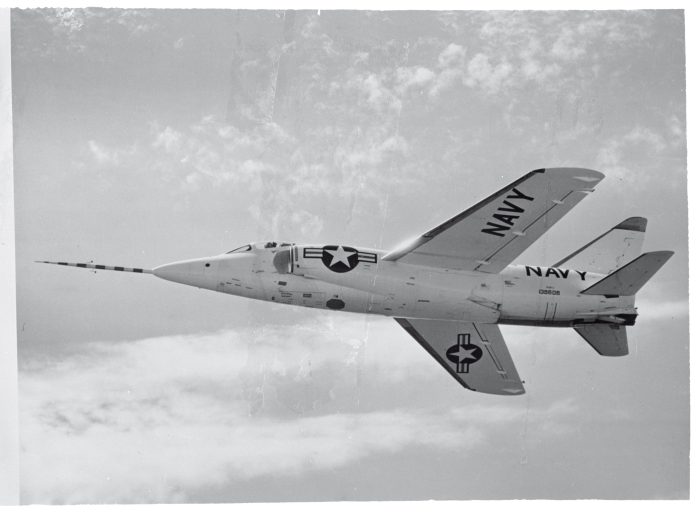In the 1950s, during the Cold War, the Soviet Union introduced a new fighter plane called the MiG-15, which was a big threat to the United States. To protect their carriers, the U.S. Navy asked defense contractor Grumman for help.
Grumman modified their existing F9F Cougar aircraft and created a more advanced fighter called the F11F Tiger. The Tiger had advanced technology and tactics for naval aviation and had a swept-back wing design inspired by the successful MiG-15.
However, the F11F Tiger faced an unexpected problem. During a test flight on September 21, 1956, pilot Tom Attridge initiated a shallow dive and fired the aircraft’s cannons. To his surprise, the bullets from his own cannons hit his plane as he finished the dive. Attridge had been flying at high speeds, and as he slowed down to land safely, his own gunfire caused damage to the plane. The windshield, right intake, and nose cone were hit, causing a loss of power and forcing Attridge to make an emergency landing. Luckily, Attridge survived with the help of a rescue helicopter.
In just a few seconds, the pilot accidentally shot down his own plane because of the plane’s trajectory, the speed of descent, and the low pitch, which caused the bullets to hit the aircraft. Despite this setback, the F11F Tiger went on to have a successful career and became an important fighter for the U.S. Navy during that time.


